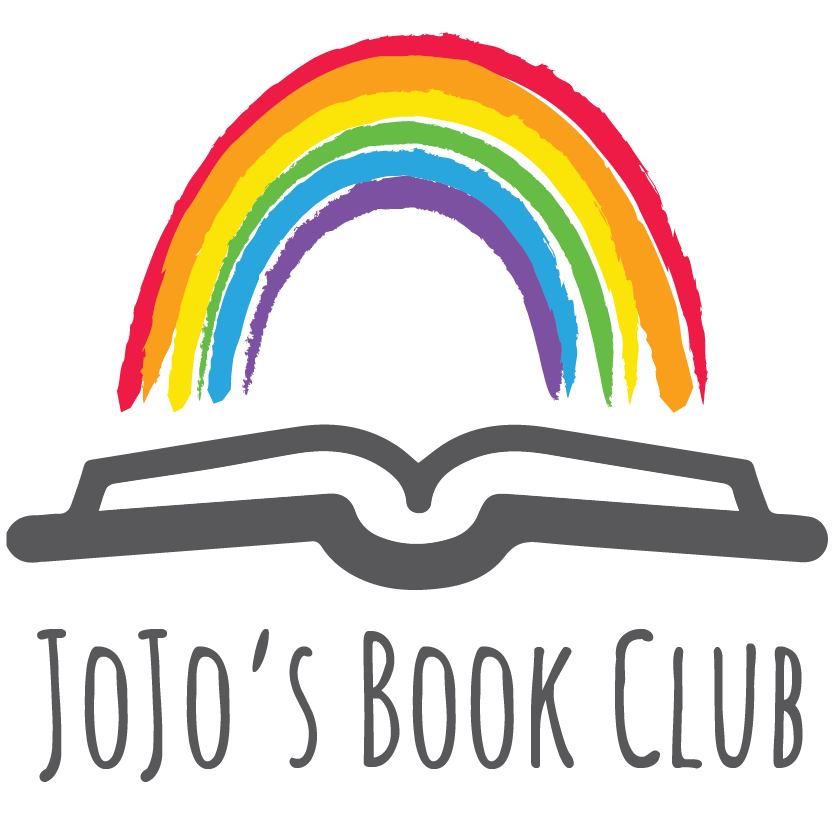Fry Bread
“Fry bread is us. We are still here, elder and young, friend and neighbor.”
“Fry Bread” by Kevin Noble Maillard and illustrated by Juana Martinez-Neal is a story that elevates Indigenous culture and identity. Centered around the making of fry bread, the story captures all that connects Indigenous families together and honors the history, presence, and resilience of Native culture. The making of fry bread is used to weave together ideas of multiracial identities of Indigenous families, naming tribes as an act of defying the erasure of Native American culture and identity. “Fry Bread” is told in a simple and eloquent language and tells a story that is enjoyable for all ages.
“Fry Bread” gives us a thorough peek into Native culture by examining the creation of fry bread. Like Native families, fry bread comes in all shapes, sizes, and colors. The multiracial identities of Native people is a core idea of the book, beautifully intertwined with the recognition of various shades of brown in fry bread. It challenges the stereotype that Native Americans are a single identity with the same physical characteristics. What connects them is family, history, and resilience over adversity.
“Fry Bread” is also a wonderful example of the intergenerational representation we love to see in books. In this story, elders, grandparents, parents, and children work together to make the fry bread while telling stories and sharing knowledge amongst each other - actively eternalizing the very culture that has been systematically marginalized and attacked for hundreds of years. Through intergenerational relationships, Indigenous culture thrives and serves as an incredible example of resilience.
While it is impossible to talk about Thanksgiving without talking about the oppression and genocide of Native American people, this conversation is important away from Thanksgiving. Native people have a past, but do not only exist in history. They are here now. Our learning about Native cultures needs to understand the history of exclusion, bias, and discrimination, but also recognize that Native peoples are not only the atrocities they have experienced. Their livelihoods matter outside of the context of Thanksgiving day (which for many is a day of mourning).
Teachers
Teachers will appreciate the “Author’s Note” at the end of the book as well. It is one of the best we have ever read. As co-researcher in the classroom, this book is truly inter-generational and has information for all age groups - just like the message within the book.
Check out the author Kevin Maillard here: https://www.kevinmaillard.com/
We love the work of author/illustrator Juana Martinez-Neal: https://juanamartinezneal.com/about/
Some Things to Think About…
Discussion Questions
What foods are important in our culture or family traditions?
How are the children in the book both similar and different?
What have you learned about Native American/Indigenous people from other stories or in school? What connections can you make to this book?
Talk about resilience and how difficult it can be when faced with stereotypes and bias
Activities
Make Fry Bread using the recipe in the book. Really, try it! Even if the bread doesn’t go as planned, or maybe you need to make an adjustment - it all becomes part of the memories created. Mistakes are just as important as successes and cooking with family can be a beautiful way to connect with one another.
Find out what Indigenous land you live on using this map: https://mashable.com/article/indigenous-map-america/. Find out more about the people that live or lived there. Where are they now?
illustrated by Juana Martinez-Neal

